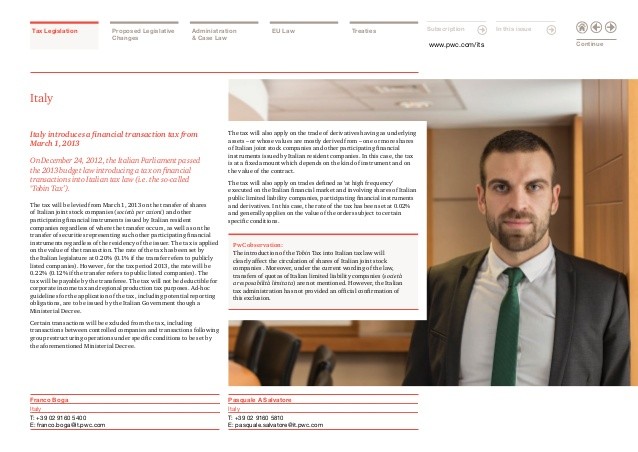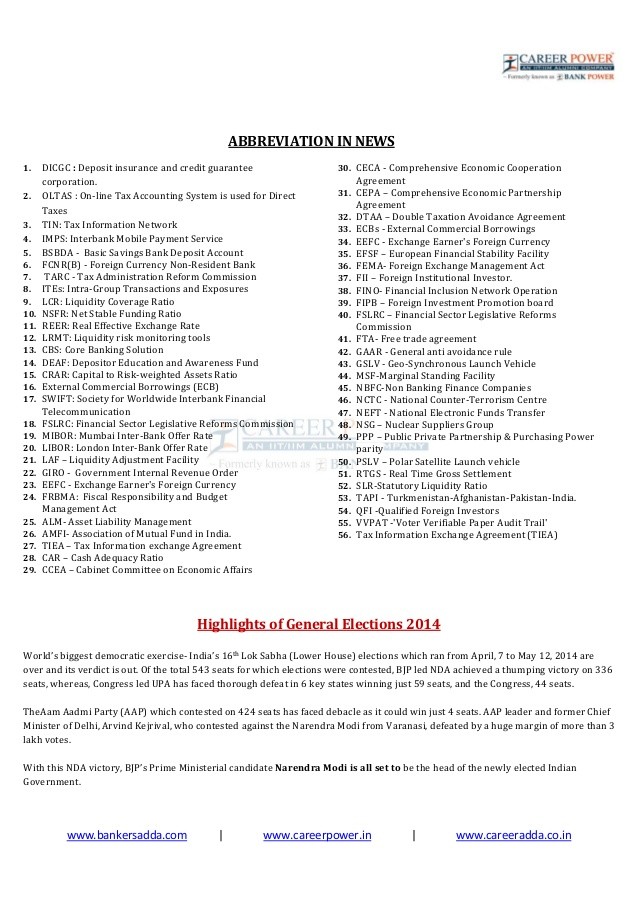New Tax Rules For Bonds Issued By Italian NonListed Corporations A Foreign Investor s View Tax
Post on: 18 Июль, 2015 No Comment

BACKGROUND
The first important step to facilitate the issue of bonds by Italian corporations with subsequent investment from non-resident investors was made in 1996 through Law 239. The application of Law 239 was originally restricted to bonds issued by banks and listed companies and provided for a withholding tax exemption on interest paid to certain non-resident investors. The sole criterion for benefitting from the exemption was that non-resident investors, who had to be the beneficial owners of the bond, were residents of white-list countries (i.e. countries with a Double Tax Treaty in force with Italy, which provided for an exchange of information). Law 239 contained no restrictions on the nature of the foreign investor; it could be an individual, a nonprofit organization, a partnership or a corporate entity.
In 2001 this rule was extended to foreign investment funds, where the fund itself (and not its participants) was considered to be the beneficial owner of the proceeds of the bond. Therefore, if the fund was established in a white-list country, it could benefit from the withholding tax exemption.
In 2004 a comprehensive tax reform entered into force whereby a participation exemption, interest stripping rules, tax consolidation rules and other relevant measures were introduced into the Italian tax system.
Among these 2004 changes, it is worth mentioning art. 109 of the Italian Consolidated Tax Text, which provided for the non-deductibility of proceeds connected with profits paid on any financial instruments, independently from the formal qualification of the instrument.
This rule represented the application of a principle common in many jurisdictions, where dividends or profit distributions are normally non-deductible items in the determination of the taxable base of the paying company given their equity-like characteristics.
By way of final background information, in 2010, withholding tax on interest paid to non-resident entities in the cases where no exemption was available moved from 12.5% to 20%.
NEW RULES FOR NON-LISTED CORPORATIONS
In the course of 2012, new rules were introduced with a view to extending the benefits of Law 239 to bonds issued by non-listed, large and midsize corporations.
The regime presently in force derives from a series of provisions which start with the approval of Decree – Law n.83 of the 22nd of June 2012, art. 32, and subsequent modifications which are the result of the conversion into Law n.221 of the 17th of December 2012 of Decree — Law n.179 of the 18th of October 2012. The new legislation (art 32) in its final form represents a significant step toward the development of new methods of financing Italian corporates, moving away from the traditional bank debt approach.
Such changes are in fact meant to facilitate Italian corporates accessing the market, enhancing transparency of accounts and eliminating the tax barriers which had historically prevented such developments.
MAIN FEATURES
Art.32-issued bonds, commonly referred to as mini bonds, are bonds which are issued by Italian large and midsize corporations (small-size corporations are excluded) which are not listed in a regulated market.
The minimum duration of the mini bonds is 36 months and issuing companies will have to apply an interest rate not lower than the official European Central Bank Euro rate.
Companies will also have the right to pay a flexible amount based on a quota of the yearly profits of the company. The quota must represent a fixed percentage of yearly profits which must be determined in advance and cannot be changed during the bond life.
A further relevant condition is that investors must be exclusively institutional investors, such as banks, investment funds or other financial intermediaries. Furthermore, such investors cannot be, directly or indirectly, shareholders of the issuing company holding more than a 2% interest.
If all the conditions set out above are met and the institutional investors are resident in white-list countries, no withholding tax will be applied.
POINTS OF STRENGTH — TAX BENEFITS
Mini bond rules provide an extremely favourable tax regime when compared to the old Law 239 bonds.
What has to be strongly underlined is that, first of all, the payment of the flexible amount, which represents a profit distribution, is subject to the same tax rules as interest payments. In contrast, Law 239 bonds see the profit distribution part treated differently.
No withholding tax will apply to (i) interest or (ii) profit payments as proceeds of the mini bonds to the institutional foreign investor.
Furthermore, as an incentive to use mini bonds, issuing companies should note the following:

1. Bond issuance costs may be deducted when incurred, independently from applicable accounting rules (Italian GAAP or IAS), at the time of allocation.
2. Amounts paid will be fully deductible without limitations or constraints which could otherwise apply according to ordinary tax law.
3. Unless the full amount paid as proceeds of the mini bonds is a payment of profits, the amount will be deductible, including both the fixed part (pure interest) and the flexible one (quotas of yearly profits). This rule is a clear and unique exception to art. 109 of the Italian Consolidated Tax Text.
Since the main tax features reported above are mentioned both in the Technical Report to the law (Relazione Tecnica) and in the Government Report (Relazione Governativa), we consider that the provisions mentioned above should be confirmed also by the Italian Tax Agency as soon as the related circular will be issued.
Finally, art. 32 expressly states that no usury rules will apply to mini bonds with respect to the flexible element.
POINTS OF ATTENTION
While the substance of mini bonds tax rules have improved with respect to the original Law 239 provisions, there are no envisaged changes with respect to formalities and compliance.
Law 239 introduced the obligation to prove the tax residence abroad through a tax self–certification provided by the foreign investor and such obligation remains the same for mini bonds. Without such tax self-certification provided by the foreign investor, the issuer will not be able to apply the withholding tax exemption.
The content of this article does not constitute legal advice and should not be relied on in that way. Specific advice should be sought about your specific circumstances.
To print this article, all you need is to be registered on Mondaq.com.
Click to Login as an existing user or Register so you can print this article.














